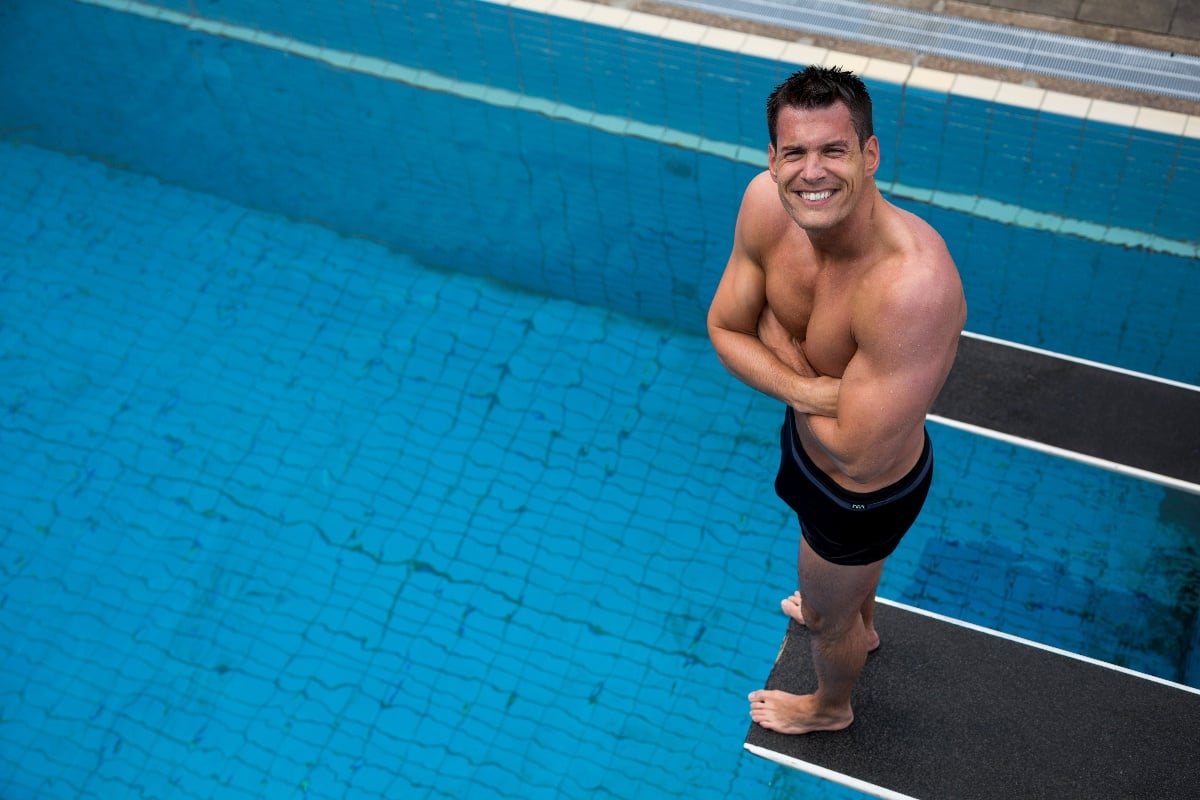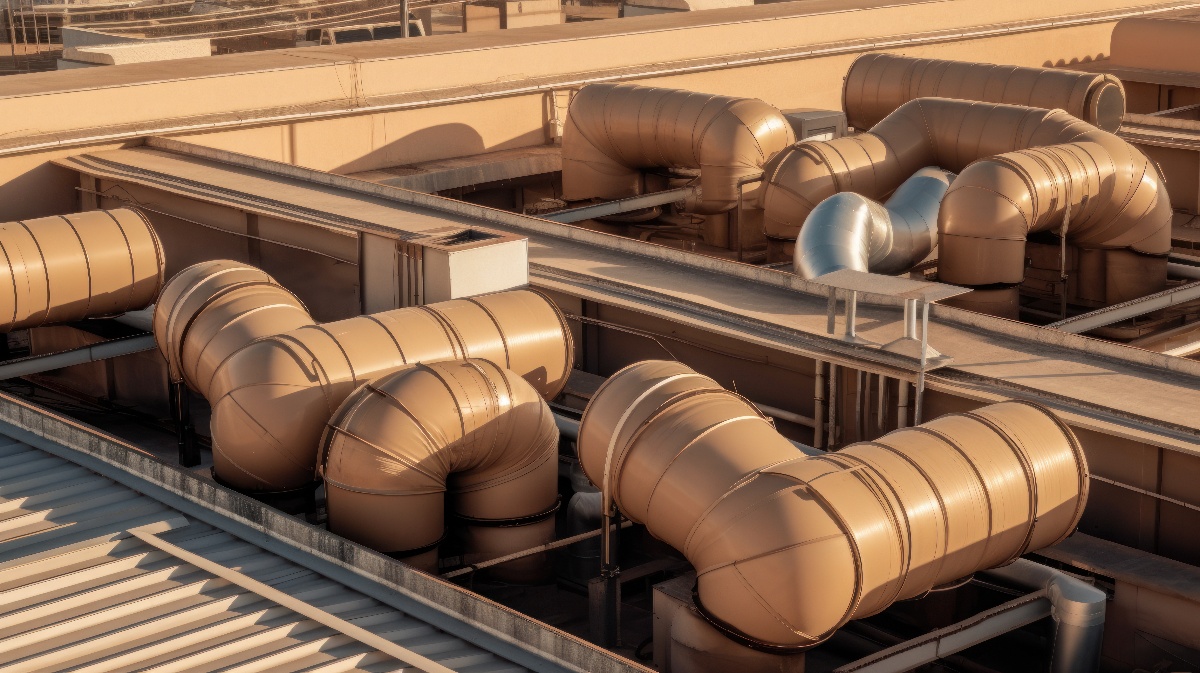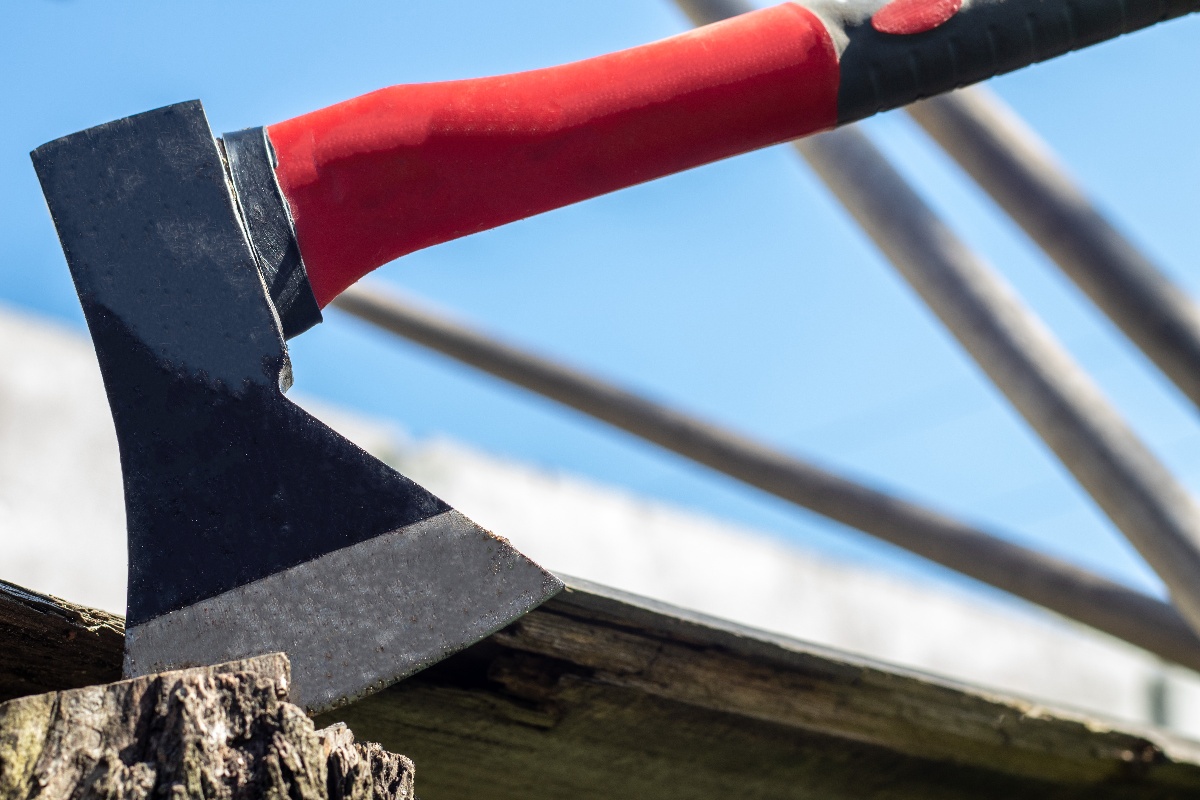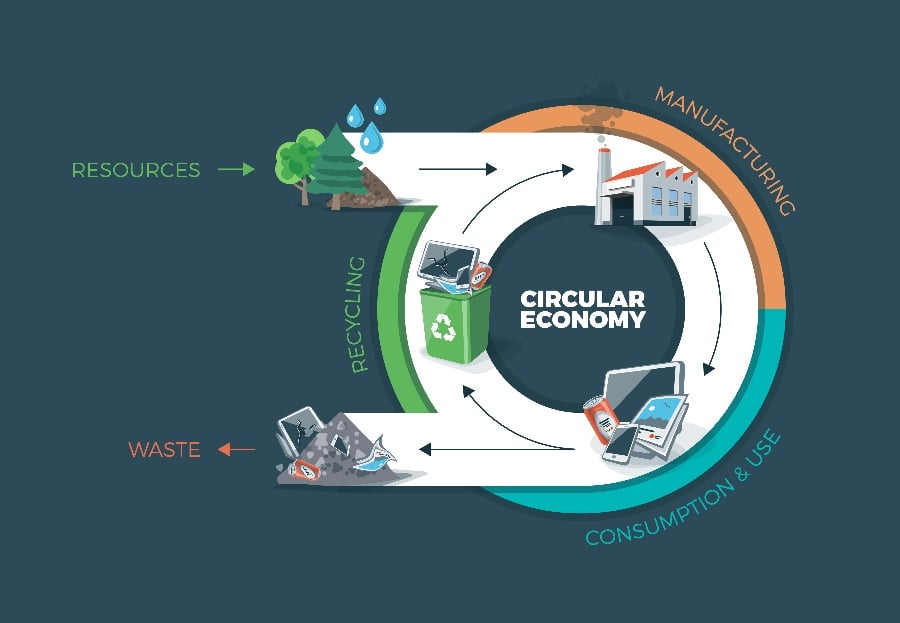Office chairs serve an important purpose in workplaces and office environments by providing seating support and comfort to employees over extended periods. The chair's springs are a critical but often overlooked component that enables the ergonomics and comfort performance of modern office chairs.
The springs provide the cushioning, flexing, and bouncing mechanisms that allow dynamic support as employees shift positions and move throughout the workday. Optimizing the spring design, characteristics, and material selection is key to promoting proper posture, reducing musculoskeletal discomfort, and providing an enjoyable sitting experience that matches human movement patterns.
This article will provide an in-depth look at best practices surrounding the engineering of fiberglass springs in office chair designs.
Spring Design Basics
A key starting point for engineering office chair springs is understanding some fundamental spring mechanics terminology and principles. The spring rate refers to the load required to deflect the spring by a given distance, quantified as units of force per unit of deflection length (e.g. N/mm). The amount a spring compresses under a person's weight is called deflection. The space available for the springs to occupy also determines configurations.
When selecting springs, the principal factors that influence the required specifications include the chair's weight capacity, the amount of intended deflection of the springs under typical loading conditions (accounting for users from 100-250lbs, for instance), and geometric space limitations inside the chair. The spring system should provide ergonomic support for the spectrum of expected users without fully compressing or exceeding plastic deformation limits.
Various spring configurations are commonly integrated into office chair bases. Coil springs in vertical orientations are a simple approach to provide direct suspension. Interlinking angled springs in crisscross "x" patterns is another technique along with waved washers and curved leaf springs. The spring systems may standalone provide the elasticity or work in conjunction with materials like fabric, padding and mesh. Optimization is required to maximum comfort while requiring feasible space.
Design Considerations for Office Chair Springs
Several key design factors should be contemplated when engineering spring systems for office chairs. These include:
Load capacity and weight distribution
The springs must be able to resiliently support the chair's intended weight capacity without yielding. The system needs to evenly distribute the occupant's weight to prevent uneven sagging or component failure.
Spring rate and stiffness
The chair needs adequate stiffness to provide posture support but softness for comfort. The optimal spring rate provides desired deflection ranges to gently conform to the user's shape. This improves circulation and reduces pressure points compared to overly stiff chairs.
Fatigue life and durability
Consistent elasticity must be retained over the chair's lifetime including residual deflection properties after repeated compressions. High cycle spring materials and protective coatings improve longevity compared to accelerated cracking or plastic deformation.
Vibration isolation and damping
Springs can dampen vibrations from small user movements and adjustments, preventing disturbances. Without proper vibration isolation, the chair will feel uncomfortable over time.
Packaging and space constraints
Compact spring configurations allow integration into slim chair profiles without contacting other components. Space optimization retains comfort while enabling maneuverability and aesthetics.
Carefully addressing these areas will enable engineering robust spring systems to deliver exceptional office chair performance and ergonomics.
Material Properties for Office Chair Springs
The materials used to fabricate the springs play a vital role in the overall mechanical performance, lifespan, and cost-effectiveness of office chair designs. Engineers must carefully select spring materials based on several important criteria, including:
Strength-to-weight ratio
A high strength-to-weight ratio ensures the springs can carry typical loading without excessive size and weight. Lightweight materials like aluminum, titanium, and reinforced polymers are favorable, though trade-offs against wear resistance exist.
Corrosion resistance
Springs must retain integrity when exposed to atmospheric moisture and oils from human skin contact. Stainless steel offers excellent corrosion resistance, though zinc or nickel coatings can protect steel springs at lower costs.
Temperature stability
Consistent elasticity across expected operating temperatures is vital. This range spans sub-freezing buildings up to roughly human body temperature for occupants. Specialty alloy compositions or conditioning improves properties.
Cost
Material cost expenses compose a fraction of overall costs, but optimized selections balance performance with budgets. The chosen spring materials should provide value for the chair's target price point and lifecycle economics.
Careful analysis of material specifications using these criteria allows for designing robust springs for the demanding lifetime cycles office chairs experience.
Fiberglass Springs as Office Chair Spring Material
Fiberglass is a promising alternative material for developing ultra-durable office chair springs with enhanced ergonomic properties. Fiberglass is a lightweight and strong glass-reinforced plastic made of glass fiber embedded within polymer resin matrices. It has been traditionally used in building insulation, electrical equipment housings, and auto bodies but shows strong viability for seating applications.
When formed into optimally designed shapes, fiberglass springs can improve multiple seating design issues over steel or polyethylene blends. The high strength-to-weight ratio from fiberglass allows supporting equivalent loads with significantly less deflection and deformation. Fiberglass shows excellent temperature stability across surroundings ranging from freezing to body heat levels. It resists normal corrosion, moisture, and chemical attacks on par with other leading plastics.
Fiberglass springs could also facilitate simpler sustainable sourcing, streamlined manufacturing with injection molding, and safer recycling processes compared to metallic springs. Even with higher upfront processing costs, lifetime cost models indicate the advanced fiberglass spring durability and molded simplicity offers enormous potential for building future ergonomic chairs. The increased costs may also be offset by lighter weight and smaller size packaging to reduce transportation energy usage and warehousing demands.
Fiberglass promises a compelling marriage of strength and weight for delivering supremely robust yet responsive chair suspensions. Engineers would be prudent to strongly consider specifying fiberglass as they work to improve human-centered seating.
Tencom has been satisfying customers with high quality springs and has developed improved springs for chairs and other uses that are at a lower cost with improved fatigue and other properties.
By using specialized and alternate materials alongside proprietary engineered designs, improved composite springs can now be used in many applications.















